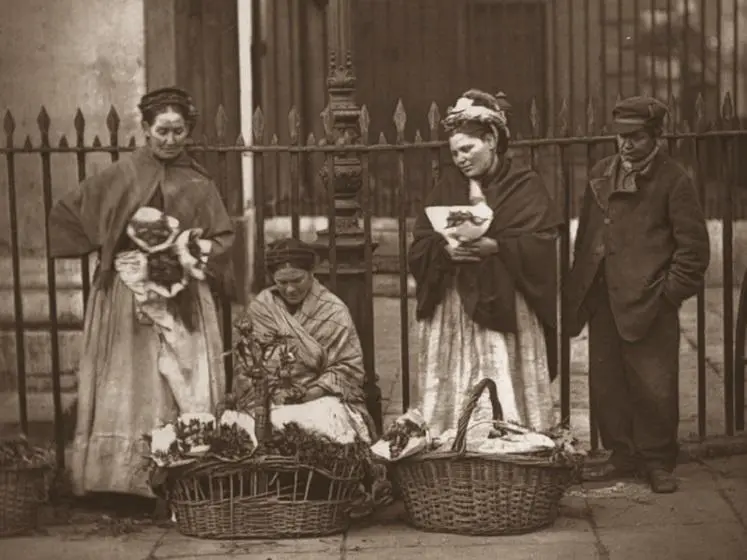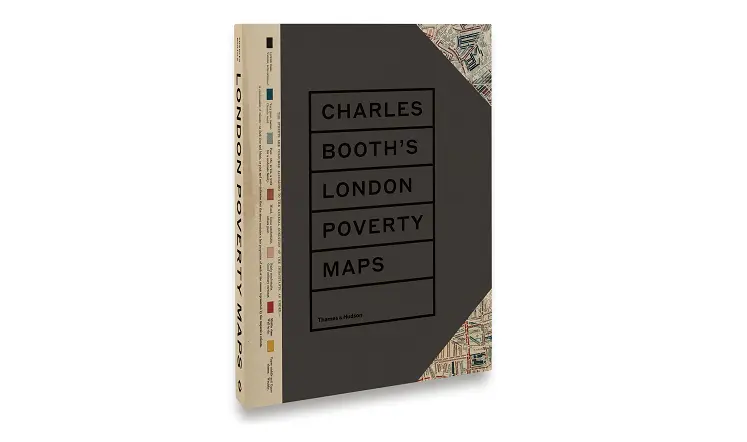Graphic detail

A team from LSE is behind a new book on Charles Booth's ambitious study to chart life on every street in Victorian London. Indy Bhullar, curator at LSE Library, talks about the School's long relationship with Booth's research and why it remains relevant 130 years later.
In the last decades of the 19th century Charles Booth, a wealthy social reformer, became fixated on London’s intransigent social problems. Why did some people remain in poverty despite working full-time? Why did illness often start a spiral towards financial ruin for London’s disadvantaged?
Frustrated by the lack of information to answer these questions, Booth assembled a group of researchers from 1886 to traverse the streets of London. Their purpose was to collect masses of data and information to scientifically map London's society.
Indy says: "Booth and his team spent months gathering the data that helped inform them about people’s circumstances. They also used detailed notes kept by other organisations like the School Board Visitors, who recorded information on every school age child to manage school fees, to help understand the lives people led."
The survey grew vastly beyond Booth’s original plans, incorporating studies of industry and religious and social life, eventually taking him 17 years to complete and growing to many volumes.
The study’s data trove was used to create colour coded maps of the socio-economic conditions across London, which at the time was the biggest city in the world. It shows the extremes of wealth and deprivation, illuminating the vast inequality existing side by side. Indy says: "The reds, blues and blacks Booth used to colour the maps to show poverty are one of the earliest and best examples of what we now call infographics."
Booth’s maps have been beautifully reproduced in a new book, Charles Booth’s Poverty Maps, published by Thames & Hudson. Large images of the maps sit alongside examples of the records and notes Booth and his team of researchers took during the course of his research across London life. The book also includes a series of essays on topics such as morality, migration, leisure and housing, with contributors from LSE including Indy, Professor Mary Morgan and Professor Anne Power.

The strong presence from LSE maintains the School’s link to the project that have existed from its beginning. Indy says: "Even though Booth started his survey a decade before LSE was founded, Beatrice Potter, who was later to become Webb, was Booth‘s wife’s first cousin. She met with Booth early on in the planning stages of the project and helped get it off the ground.
"This meant one of LSE’s three cofounders was involved in right at the start, and you can see how the ideas behind the research would come to define the study of the social sciences at the School.
"I think it’s one of the clearest examples of the LSE way; gathering masses of different kinds of data to analyse a problem, using it to devise solutions to address social challenges, then testing your assumptions and opinions along the way."
A further aspect of Booth’s research illuminated by the book is how he embedded himself in London society to deepen his understanding. "Booth recognised that it wasn’t enough to simply collect statistics; he actually went out to see how the people lived and talked to them about their experiences."
Indy has worked with Booth’s archives for many years, his notes and reflections continue to surprise: "I found a record of George Duckworth, one of Booth’s researchers, visiting an illegal gambling den.
"He found someone who took him to a place in Pentonville and he spent the night with the gamblers. This kind of work was typical of the lengths that Booth’s team went to understand London, and the variety of their experiences."
LSE marked the centenary of Charles Booth’s death in 2016 with a series of lectures and events; the book represents the latest stage in the School’s relationship with the research.
Indy says: "Booth’s study is one of the most valuable archives at LSE. The book is a great way to bring his work to a new audience."